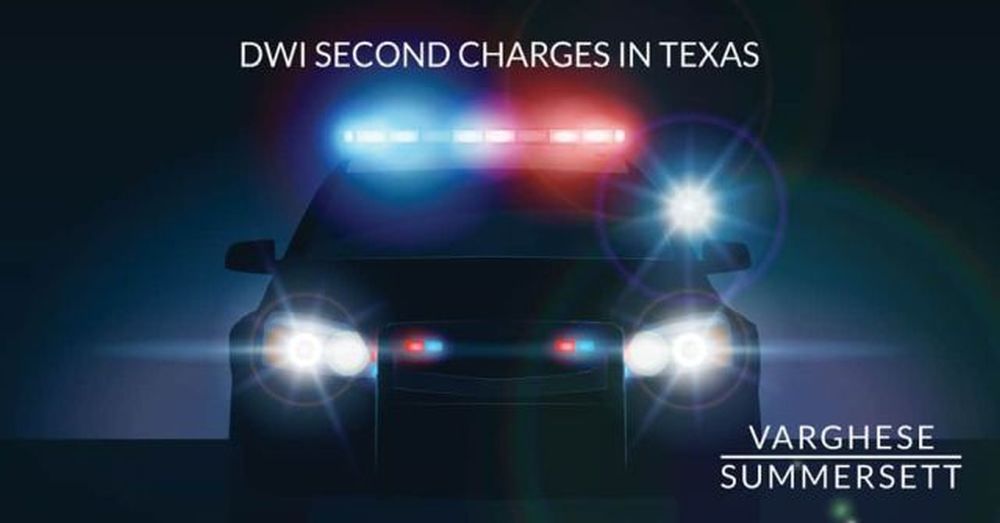Posted inSR-22
Make Sense of SR-22 Requirements in Texas: A Comprehensive Guide
Make Sense of SR-22 Requirements in Texas: A Comprehensive Guide Texas is known for its stringent driver laws and for a great reason. While it may seem complicated, understanding your…

